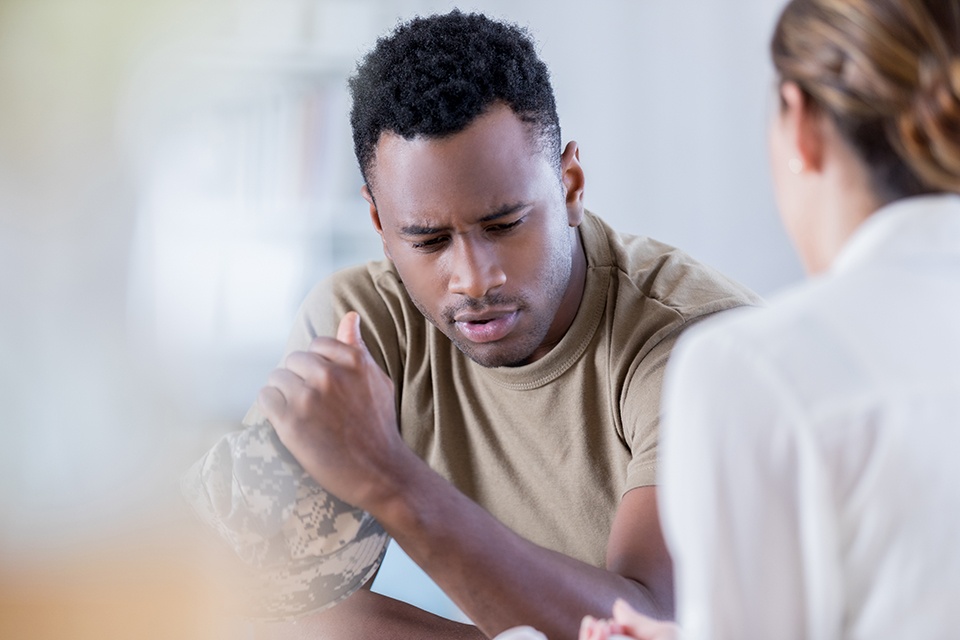
Members of the United States Army with high levels of optimism before a deployment may have decreased odds of postdeployment pain compared to pessimistic soldiers, a recent study suggests.
Eligible study participants were soldiers (active duty, Reserve, and National Guard) who deployed to Afghanistan or Iraq between Feb. 12, 2010, and Aug. 29, 2014. Psychological and health assessments were completed before and after deployment.
#Optimism was associated with less post-deployment #pain in US Army soldiers @JAMANetworkOpen https://t.co/1o9bqnsvZl
— Afton Hassett (@AftonHassett) February 8, 2019
Final analysis included data on 20,734 soldiers, of whom 87.8% were male; mean age was 29.06 years. Just above half (52.1%) of respondents reported high optimism, while 39.9% and 8% reported moderate and low optimism, respectively. Overall, 37.3% of soldiers reported postdeployment pain in at least one new area of the body: 25.3% reported new back pain, 23.1% experienced new joint pain, and 12.1% developed new frequent headaches.
If it works in these extreme conditions, what could it do for the office worker? #APSUPSY6030 #OHP | Optimism may protect against chronic pain in soldiers | https://t.co/0j31o8ZsYx
— Dr. Sanders (@Dr_Sanders_APSU) February 11, 2019
“As a continuous measure, each 1-U increase in optimism was associated with 11% lower odds of reporting any new pain after deployment (odds ratio [OR], 0.89; 95% CI, 0.86-0.93),” the researchers wrote. “Examining the pain areas separately revealed that optimism was associated with 8% lower odds of developing new back pain (OR, 0.92; 95% CI, 0.88-0.96) and 8% lower odds of developing new joint pain (OR, 0.92; 95% CI, 0.88-0.96).” Optimism and onset of new frequent headaches were not significantly correlated (OR, 0.96; 95% CI, 0.91-1.02).
More evidence that cultivating positivity has tangible benefits. #Burnout #Resilience #Wellness
Predeployment Optimism and Onset of Postdeployment Pain in US Army Soldiers https://t.co/nZpZmRQLqq
— Madhav Swaminathan (@mswami001) February 11, 2019
When modeling optimism tertiles, researchers found that compared to soldiers with high optimism, those who reported low optimism had 35% greater chances of new pain (OR, 1.35; 95% CI, 1.21-1.50), 30% greater likelihood of new back pain (OR, 1.30; 95% CI, 1.16-1.46), 21% greater chances of new joint pain (OR, 1.21; 95% CI, 1.07-1.38), and 18% increased odds of new frequent headaches (OR, 1.18; 95% CI, 1.01-1.38). “In addition, we observed a larger increase in odds of new pain when comparing the moderate-optimism and low-optimism groups rather than the high-optimism and moderate-optimism groups,” they added.
A new study in @JAMANetworkOpen shows association between predeployment optimism and decrease in postdeployment pain in @USArmy soldiers https://t.co/9Noot1gDgI pic.twitter.com/hMDbwx6TwB
— Josh Lesko, MD (@joshualeskomd) February 12, 2019
The researchers suggested using data from Army psychological assessments to help cater programs geared toward optimism to soldiers who would benefit the most from them.
Soldiers with higher #optimism before deployment were less likely to develop #pain, despite combat experiences and injury @AftonHassett https://t.co/NEGKj29iwt pic.twitter.com/0jtBr2aGhS
— JAMA Network Open (@JAMANetworkOpen) February 8, 2019
One of the researchers reported several disclosures, including “that the University of Pennsylvania has a proprietary interest in Master Resilience Training, which is the backbone of the US Army’s Comprehensive Soldier Fitness program; reported that the University of Pennsylvania also licenses such resilience and positive psychology training programs to private companies and that he receives a nominal fee from the university for some of these; and reported often being paid to give speeches in which he mentions resilience and resilience training.”
https://t.co/4PF1UIbN6Q
Interesting study which associates a psychological variable with the risk of post-deployment pain in military personnel. Raises possibility of central sensitization underlying many cases of chronic pain of the musculoskeletal system and headache.— Steve Gelfand, MD (@SteveGelfand) February 11, 2019
Obesity and Depression Correlated with Chronic Hip Pain
Topical Creams Not Helpful for Chronic Pain Treatment
1 in 5 Adults Suffer from Chronic Pain
Can Women Benefit from Positivity and Mindfulness?
Source: JAMA Network Open

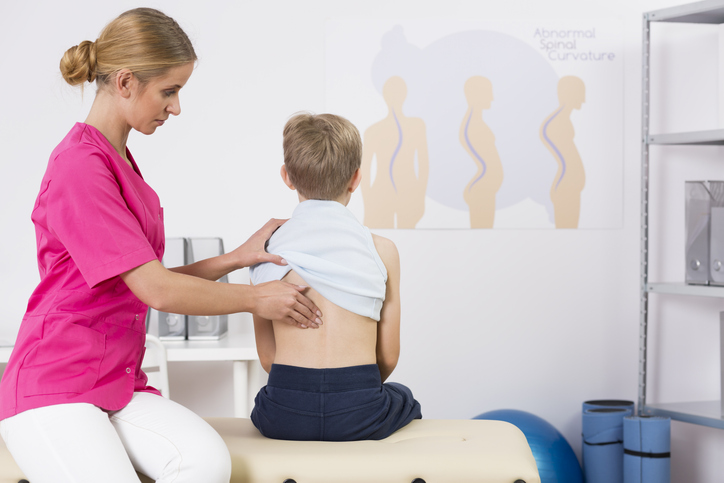
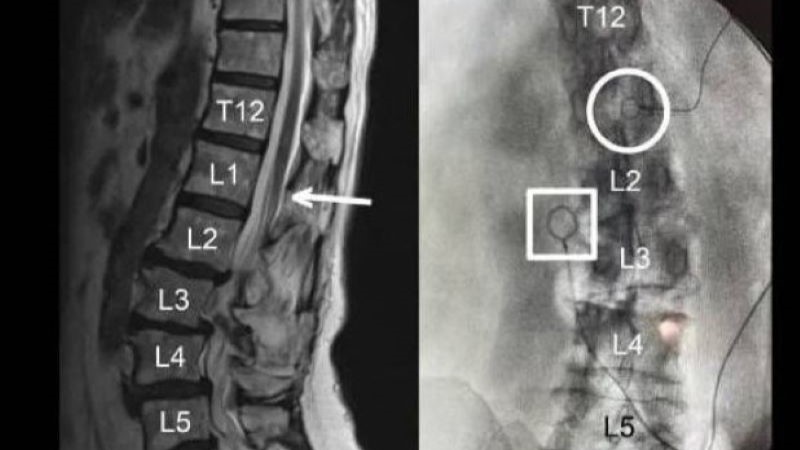

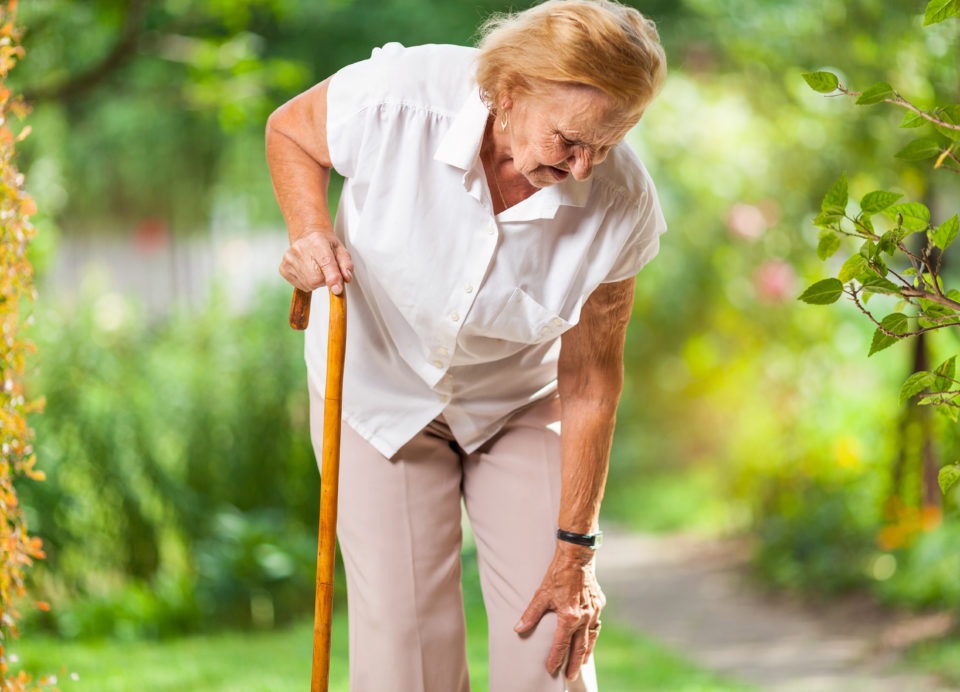
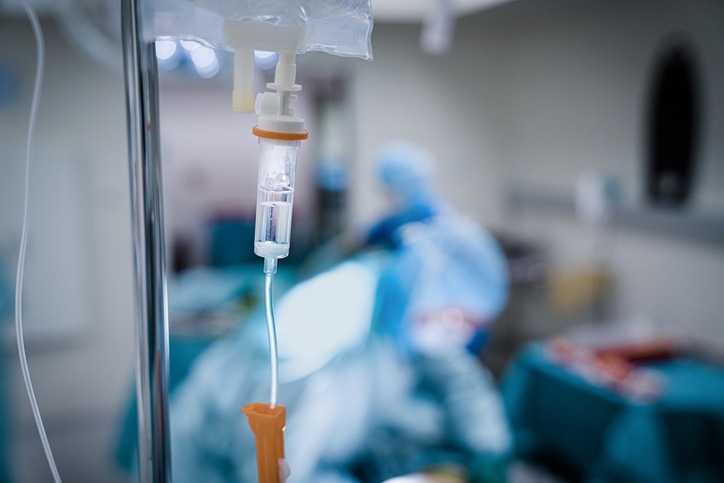

 © 2025 Mashup Media, LLC, a Formedics Property. All Rights Reserved.
© 2025 Mashup Media, LLC, a Formedics Property. All Rights Reserved.